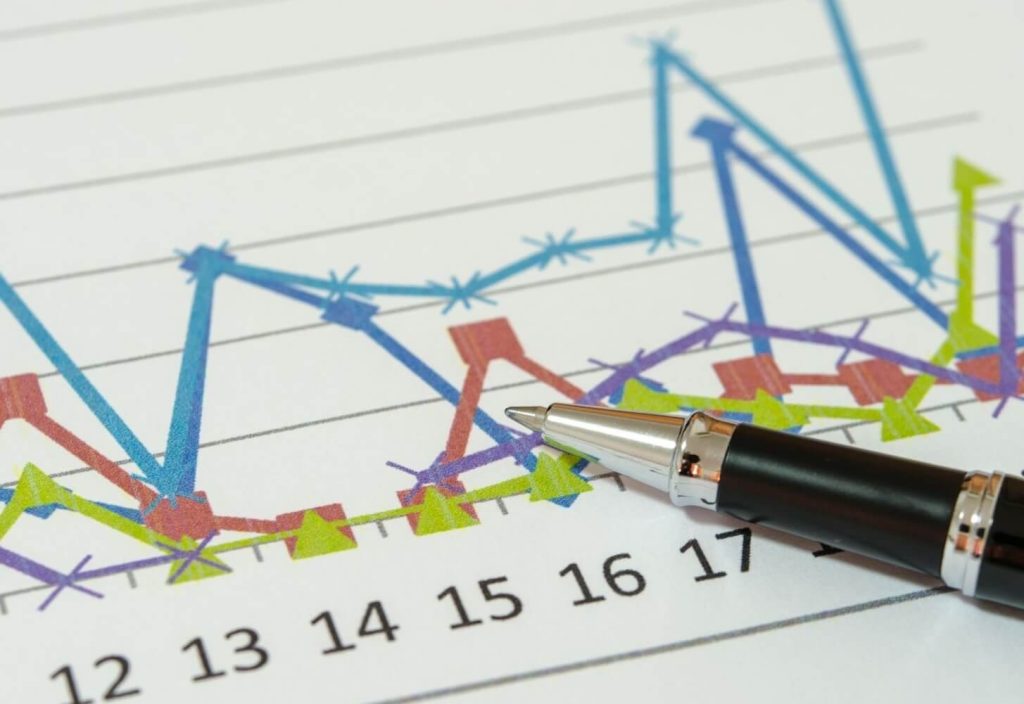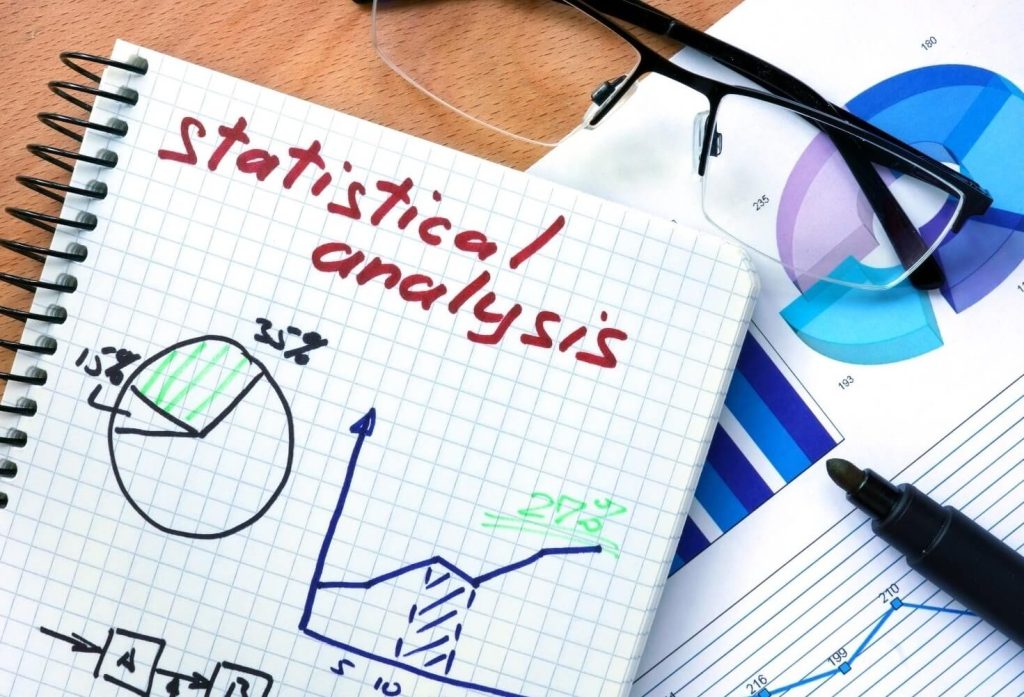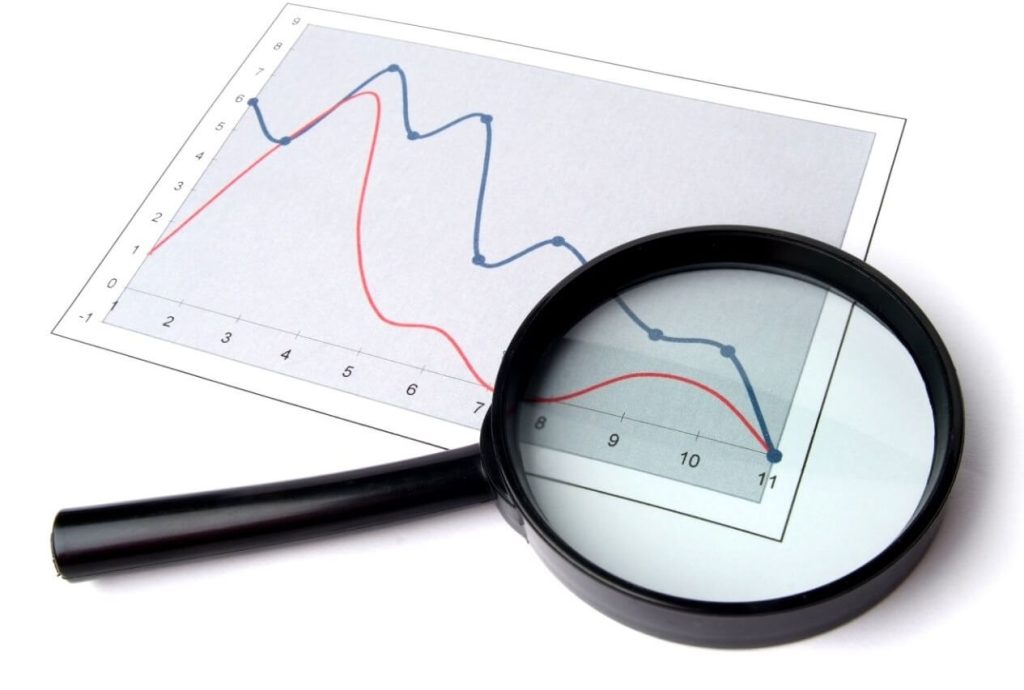At the core of statistics lie key concepts like mode and median, essential for summarizing and analyzing data. The mode helps us understand the most frequently occurring value in a dataset, offering insights into popularity or preference, while the median reveals the middle point of a dataset, providing a balanced perspective unaffected by extreme values.
Statistics play a vital role in our everyday lives, often influencing our decisions without realizing it. From understanding trends in business and tracking progress in education to managing household budgets or interpreting health data, statistics provide the tools to make sense of the vast amounts of information we encounter daily. They help us identify patterns, make predictions, and ultimately, make more informed choices.
This blog aims to demystify these fundamental statistical terms—mode and median—and explore their significance, meaning, and applications. By the end, you’ll have a clearer understanding of how these concepts work, how they differ, and how they can be applied to real-world scenarios, making statistics a tool you can use confidently in your daily life.
Understanding Statistical Concepts
Statistics is the science of collecting, analyzing, and interpreting data to make informed decisions. It simplifies complex information into meaningful insights, allowing us to identify trends, predict outcomes, and solve problems. Whether used in business, education, healthcare, or everyday life, statistics provides tools to understand and navigate the world around us.
In business, statistics help companies analyze consumer behavior to improve products or services. In education, they measure student performance to enhance teaching methods. Healthcare professionals use statistics to track the spread of diseases, evaluate treatments, and plan public health initiatives. Across these fields, understanding how data is distributed and summarized is crucial for making effective decisions.
Among the tools of statistics, mode and median play pivotal roles. They are measures of central tendency, helping to summarize and interpret data sets by identifying typical or central values. The mode highlights the most frequent value, revealing patterns or preferences, while the median identifies the middle value, offering a balanced view, especially in data with outliers. Together, these measures provide valuable insights into data trends and distributions.
For instance, businesses use mode to determine the most popular product size or color, guiding inventory decisions. The median, on the other hand, is widely used in economics to report income levels, providing a more accurate representation in data skewed by extreme values. Understanding these concepts is key to interpreting data meaningfully and applying it effectively in real-life scenarios.

What is the Mode?
The mode is a measure of central tendency that identifies the most frequently occurring value in a dataset. It is particularly useful for understanding patterns in categorical data but can also be applied to numerical data. Unlike the mean or median, the mode does not rely on numerical calculations; instead, it focuses on the frequency of occurrence.
For example, consider a survey where people are asked their favorite ice cream flavor. If the results are as follows—chocolate (4), vanilla (6), strawberry (3)—the mode is vanilla, as it received the highest number of votes.
The mode can vary depending on the data distribution. A dataset can have one mode (unimodal), two modes (bimodal), multiple modes (multimodal), or no mode at all if all values appear with equal frequency. For instance:
- A dataset like [2, 3, 3, 4, 5] is unimodal with a mode of 3.
- In [1, 2, 2, 3, 3, 4], it’s bimodal, with modes of 2 and 3.
- A dataset like [1, 1, 2, 2, 3, 3] is multimodal, with modes of 1, 2, and 3.
- However, a dataset like [5, 10, 15, 20] has no mode because all values occur only once.
Calculating the mode is straightforward. First, sort the data in order and count the frequency of each value. The value with the highest frequency is the mode. For example, in [5, 7, 7, 8, 10], the mode is 7, as it appears twice, more than any other number.
The mode is widely applied in various fields. In fashion, it identifies the most popular clothing sizes or colors, helping designers plan inventory. In business, it determines best-selling products, aiding marketing strategies. In education, teachers use mode to analyze the most common grades, tailoring interventions to improve performance. By focusing on frequency, the mode simplifies data interpretation and supports informed decision-making.

What is the Median?
The median is another measure of central tendency, representing the middle value of a dataset when arranged in ascending or descending order. It splits the data into two equal halves, with half the values below and half above it. Unlike the mode, which reflects frequency, the median provides a positional value, making it especially useful for analyzing numerical data.
To calculate the median, the dataset must first be sorted. If the dataset has an odd number of values, the median is the middle one. For instance, in [2, 4, 6, 8, 10], the median is 6. For an even number of values, the median is the average of the two middle numbers. In [2, 4, 6, 8], the median is (4+6)/2, which equals 5.
The median is particularly valuable in datasets with outliers or skewed distributions. For example, consider the incomes in a small group: £20,000, £22,000, £25,000, £30,000, and £1,000,000. The mean would be heavily skewed by the £1,000,000 outlier, but the median, £25,000, provides a more accurate representation of the group’s typical income.
In real-life applications, the median is frequently used to analyze financial, healthcare, and property data. Economists report median income to better reflect the economic status of a population, as it is less affected by extreme values than the mean. Healthcare professionals use median recovery times to assess treatment effectiveness, offering a clear picture unaffected by unusually long or short recoveries. In real estate, the median house price gives a balanced view of the market, helping buyers and sellers make informed decisions.
Comparing Mode and Median
While both mode and median are measures of central tendency, they serve different purposes and are best suited for specific types of data. Understanding the key differences between them is essential for choosing the right tool for data analysis.
The mode focuses on frequency and identifies the value that occurs most often in a dataset. It is particularly useful for categorical data, where numerical calculations like averages or medians are not meaningful. For instance, in analyzing the most popular color of a product or the most chosen menu item, the mode provides clear insights into consumer preferences.
In contrast, the median is a positional measure, representing the middle value when data is arranged in order. It is ideal for numerical data, especially when the dataset includes outliers that could distort other measures like the mean. For example, when analyzing incomes in a population, the median is often a better indicator of typical income than the mean, as it is unaffected by extremely high or low values.
The choice between mode and median depends on the context. The mode is more appropriate for understanding trends in categorical data, while the median excels in datasets with numerical values, particularly when distribution is uneven or skewed. For example, the mode is perfect for identifying the most common shoe size sold in a store, while the median is better suited for evaluating house prices in a neighborhood where some properties might cost significantly more than others.
In many cases, combining the use of mode and median offers a deeper understanding of the data. For instance, when analyzing exam scores, the mode can reveal the most frequently scored mark, while the median provides a sense of where most students fall in terms of performance. Together, these measures paint a comprehensive picture of the dataset, highlighting both common trends and overall distribution.

Practical Examples of Mode and Median
Example 1: Analyzing Exam Scores
Consider a dataset of student exam scores: [60, 65, 70, 70, 75, 80, 85, 85, 85, 90]. To analyze this data, both mode and median are helpful.
- The mode, 85, shows that this score was achieved by more students than any other, indicating a common level of high performance.
- The median, 75, represents the middle value, offering a balanced perspective of student performance overall.
These two measures together can inform educators about the distribution of scores and identify patterns. While the mode highlights the most achieved score, the median shows where the central tendency lies, helping teachers design targeted interventions for student improvement.
Example 2: Income Distribution
In a dataset of monthly incomes: [£20,000, £22,000, £25,000, £30,000, £1,000,000], the mean would be distorted by the outlier (£1,000,000), suggesting an average income far higher than reality. Calculating the mode and median offers more clarity.
- The mode is absent in this dataset since no value repeats, making it irrelevant in this context.
- The median, £25,000, provides a realistic central value, accurately reflecting the typical income of most individuals in the group.
This example illustrates the importance of choosing the appropriate measure. The median is far more useful here, offering an accurate depiction of the economic condition without being skewed by extreme values.
Example 3: Customer Preferences
A store owner wants to understand customer preferences in terms of product sizes sold: [S, S, M, M, M, L, L].
- The mode, “M,” reveals the most frequently purchased size, allowing the owner to stock more medium-sized products.
- The median, “M,” also shows the middle value, confirming that medium is the central tendency in customer size preferences.
By using both mode and median, the store owner can make data-driven decisions about inventory management, ensuring customer demand is met effectively.

Common Misconceptions
Despite their simplicity, mode and median are often misunderstood or misapplied. Recognizing common misconceptions can help avoid errors in data interpretation.
Misinterpreting the Mode
One common mistake is assuming that the mode always represents the central tendency of a dataset. While the mode highlights frequency, it does not necessarily indicate where most of the data lies. For example, in a bimodal dataset like [1, 1, 2, 3, 3, 4, 5], the modes are 1 and 3. However, neither of these values accurately reflects the dataset’s overall distribution, which might be better summarized by the mean or median.
Misusing the Median
Another misconception is treating the median as the same as the mean. While both are measures of central tendency, they function differently. For instance, in a dataset of incomes, the median gives a central point unaffected by extreme values, whereas the mean might be skewed significantly by outliers. Assuming they are interchangeable can lead to incorrect conclusions.
Over-relying on One Measure
Relying exclusively on mode or median without considering other measures, such as the mean, can lead to incomplete analysis. For comprehensive insights, combining these measures is often necessary. For example, in analyzing a population’s health, the mode might reveal the most common condition, while the median provides insights into average recovery times, and the mean shows overall resource use.
Extending Beyond Mode and Median
While mode and median are powerful tools for understanding data, they are often complemented by other measures and visualization techniques to provide a fuller picture.
What is the Mean?
The mean, or average, is calculated by summing all values in a dataset and dividing by the number of values. Unlike the mode and median, the mean is highly sensitive to outliers. It is particularly useful in datasets with evenly distributed values, where it provides an accurate measure of central tendency. For example, calculating the average score of a class can offer a straightforward summary of performance, assuming no extreme outliers skew the data.
Importance of Data Visualization
Visualizing data can enhance understanding and communication of statistical concepts like mode and median. Tools like histograms and box plots help represent these measures in an intuitive, visual format.
- Histograms: Show the frequency of data points and make it easy to spot the mode as the highest bar.
- Box Plots: Highlight the median as the central line within the box, illustrating data spread and outliers.
For instance, a histogram of house prices in a city might reveal the mode as the most common price range, while a box plot could show the median, helping prospective buyers understand market trends.
Conclusion
Mode and median are indispensable tools for interpreting data, each offering unique insights into frequency and position. Understanding their differences and applications ensures accurate analysis, whether you’re assessing student performance, analyzing economic trends, or identifying customer preferences. By combining these measures and extending analysis with other tools like the mean and data visualization, you can draw deeper, more meaningful conclusions from any dataset.

